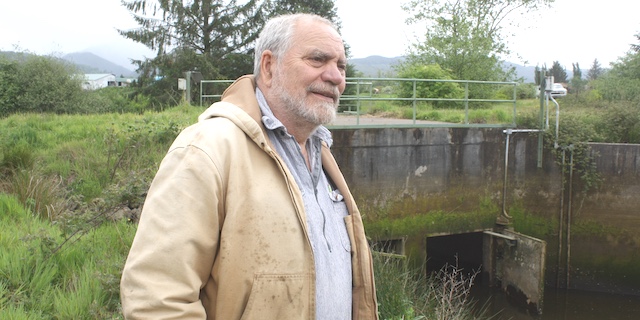Cherry crop up from last estimate, but still smaller than average
Published 12:36 pm Monday, June 13, 2022

- Chelan cherries in 2022.
The 2022 cherry crop won’t be quite as small as originally projected, but it will still be smaller than average, the Northwest Cherry Growers organization predicted in its third round of crop estimates.
Cherry harvest in some growing regions across the Northwest started Friday, June 10, and the latest industry estimate is that the crop will weigh in at 14.9 million 20-pound boxes, up from last month’s estimate of 13.6 million 20-pound boxes.
The latest estimate is still below the 10-year average of about 22 million boxes, which growers attribute mainly to the mid-April snowstorm that swept through the region during bloom, slowing pollination and damaging some blossoms. May and June rains have further reduced the crop.
According to Northwest Cherry Growers, an association representing growers across Washington, Oregon, Idaho, Utah and Montana, 2022’s crop has been a hard crop to estimate because of this spring’s “bizarre weather patterns.”
Chris Zanobini, executive director of the California Cherry Advisory Board, told the Capital Press that California’s crop is also smaller than average due to “frost, hail and a smaller set after a large crop last year.”
USDA’s National Agricultural Statistics Service also predicts a smaller sweet cherry crop. In a report released June 10, USDA forecast U.S. sweet cherry production at 275,000 tons, down 27% from 2021.
USDA attributed Washington’s smaller crop to “severe cold weather in winter and spring reduced pollination and fruit set.” It attributed California’s smaller crop to frosts in February and March, and reported that Oregon too will have a smaller crop due to “high rainfall and low temperatures.”
“Though not as large as some recent seasons, the 2022 crop is still a promotable cherry crop,” said Northwest Cherry Growers.
Industry experts say small supply paired with high demand may be a recipe for good farm-gate prices for Northwest growers this year, but as shipments are just kicking off and cherries are ripening later than usual, some say it’s too early to predict full-season pricing.
Quality looks good, according to Northwest Cherry Growers. A report from the association said the Coral Champagne variety, though a reduced crop, is “setting some gorgeous cherries.” Chelans are taking longer than average to ripen but are “looking just as beautiful,” according to the report.
“As of today, there appear to remain promotable opportunities for what should be a crop of dessert-quality fruit,” said the association.
If field reports and crop projections are accurate, the association said, the first peak of the season should hit around July 1 — six days later than last year’s first peak of June 25. A larger second peak is expected around July 15, with volumes tapering off through late July and August. Harvest this year is expected to extend into September.
The cherry association says it will continue to monitor orchards during harvest.
“Mother Nature is still the largest shareholder in our crop, and we will have to see how the rest of the growing season progresses,” said Northwest Cherry Growers.






